Here's How Design Creatives Can Play an Integral Role in Preserving Black Cultural Landmarks for Future Generations
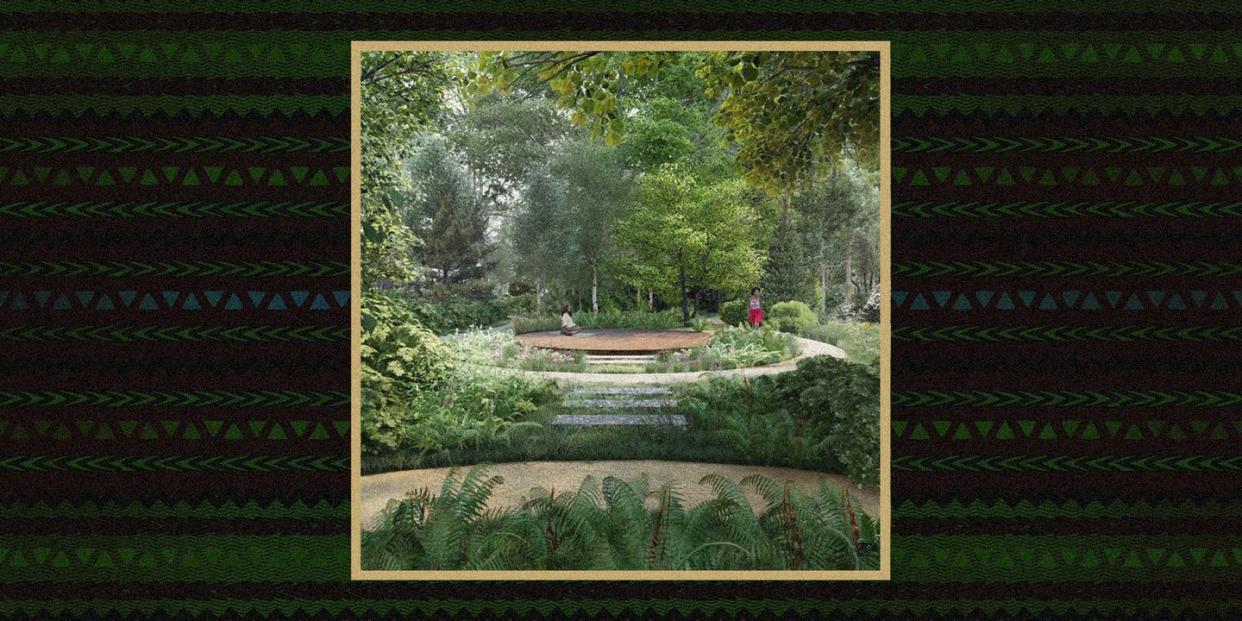
It might surprise even the most dedicated music fans to learn some of the most important, groundbreaking sound in jazz came not from a recording studio in a city like New York, Detroit, or Chicago—or even Memphis, Nashville, or Muscle Shoals—but a quiet suburban home on Long Island.
That home belonged to John and Alice Coltrane, who, after spending years in crowded cities, moved to the leafy enclave of Dix Hills, New York, in 1964 seeking reconnection with each other and spiritual solace. It was there where they raised their family. It was there where they grew spiritually. And it was there where they wrote and recorded some of their most groundbreaking work.
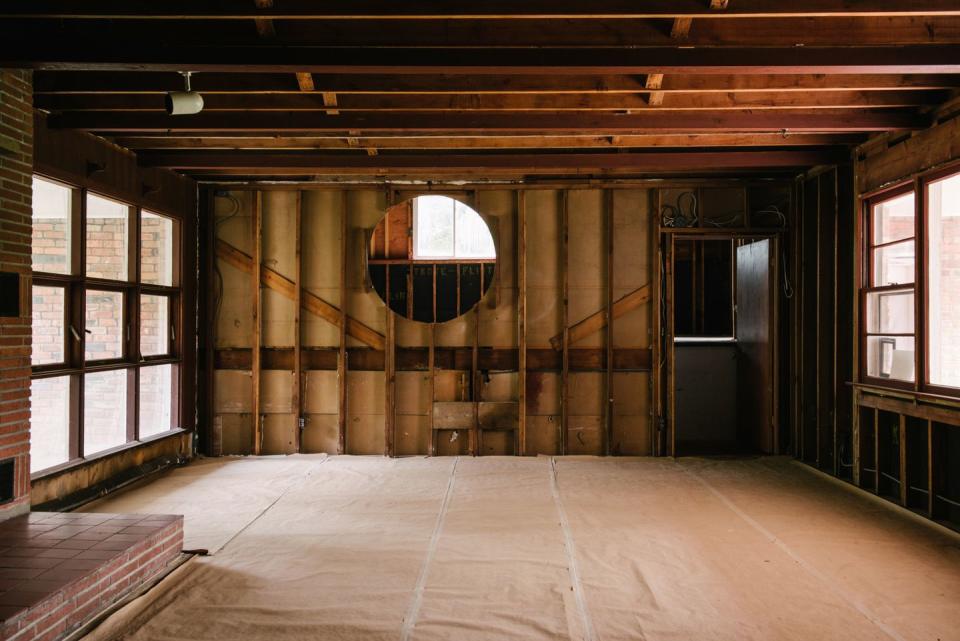
“I was only six years old when we moved to California, but all of my memories in that Long Island house are so distinct,” says Ravi Coltrane, musician, son of John and Alice, and CEO and chairman of the nonprofit organization Friends of the Coltrane Home. “I remember my mother playing music every day, musicians coming over to perform, and how we kids treated my mom’s recording studio as our playroom.”
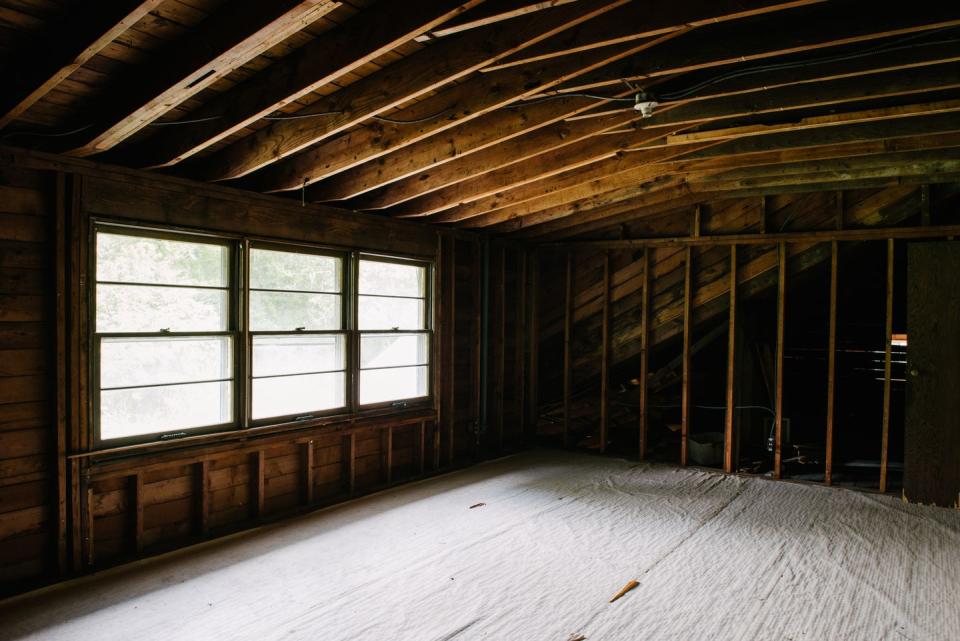
Not only did the home serve as a creative center for masterful works of music but also it and the surrounding landscape were where John and Alice deepened a spiritual practice grounded by yoga, mindfulness, and meditation.
So when Friends of the Coltrane Home, which received the deed to the historic landmark in 2005, began mapping out the home's next chapter—one that would reflect the multidimensional lives of John and Alice as musicians, parents, spiritual beings, and social justice activists—it first looked to the land.
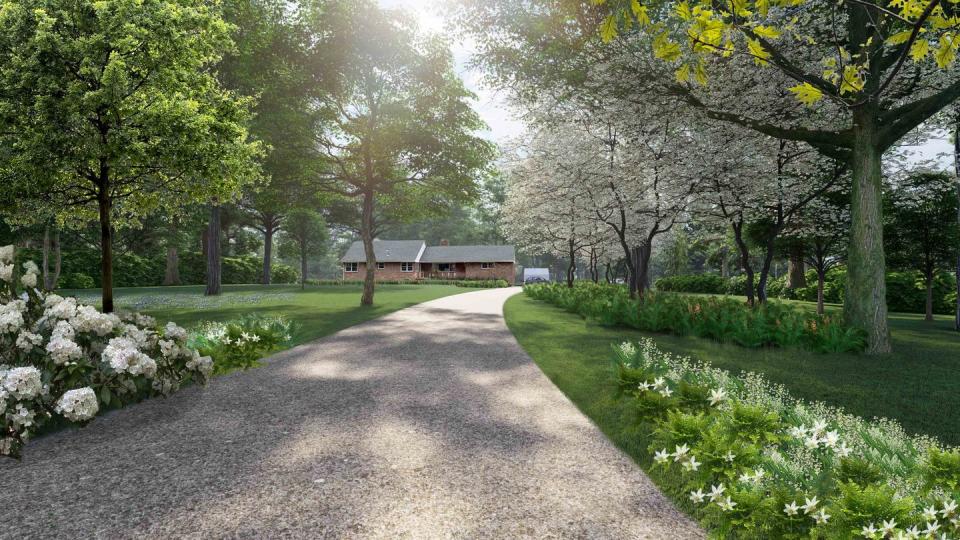
“We wanted to focus not only on the home itself but both the landscape and the home as a cultural asset,” says Brent Leggs, executive director of the National Trust for Historic Preservation’s African American Cultural Heritage Action Fund, which awarded Friends of the Coltrane Home a grant in 2018.
“When people think of John and Alice Coltrane, they not only think about the music but also about them as spiritual beings,” adds Coltrane. “We want this space to reflect both their musical contributions and their devotion to seeking fulfillment through spirituality, and we knew that had to be reflected in the landscape.”
Elevating the landscape as part of the cultural significance of the site meant an intentional design was necessary, so the Action Fund and Friends of the Coltrane Home tapped Thomas Woltz of Nelson Byrd Woltz Landscape Architects to develop a plan for transforming the roughly six acres surrounding the home into a peaceful sanctuary intended for reflection inspired by the energy of the culture-shifting artists who once lived there.
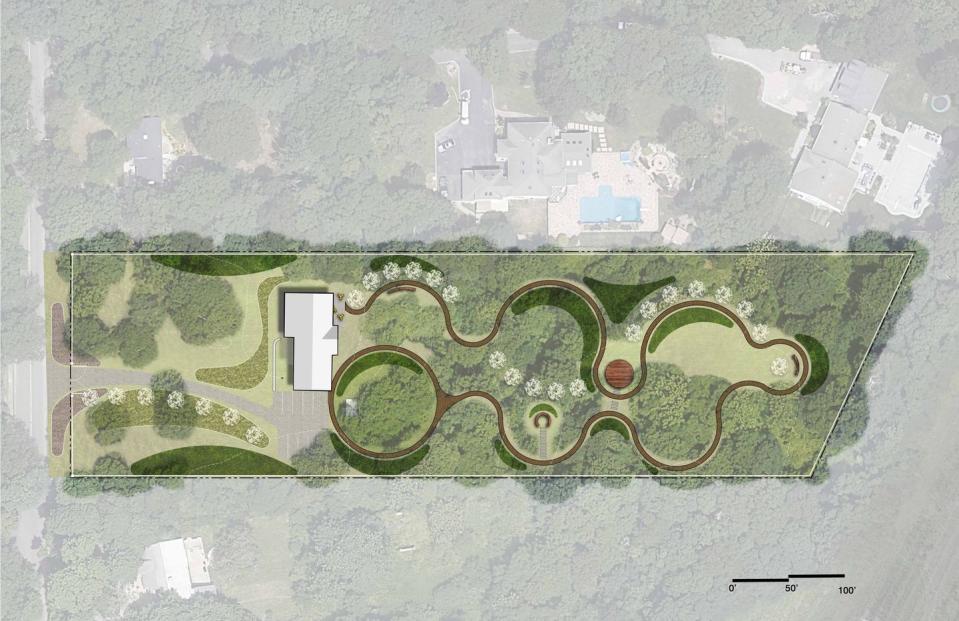
“It's morally incumbent upon us as landscape architects to ask the land its story and then to tell that story in honest ways,” says Woltz. “The memory of landscape is frequently erased or hidden…and I feel like our tool to tell the truth is design. Design is a way that we can reveal, reframe, explain, and engage people with the landscape.”
For the Coltrane home, Woltz and his team developed a landscape design concept inspired by the progressive chords from A Love Supreme, finding the ratio and proportions of the chords in the music and translating them into meditative paths that arch through the forest as a walking trail behind the home.
The idea is that the visitor literally embodies the essence of the music, moving in the ratio and proportion of a jazz progression. The path leads to a clearing with a meditation platform, where guests will learn about Alice’s commitment to mindfulness and meditation (and take a moment to meditate if they so choose), then continues to a gathering space for conversation and connection.
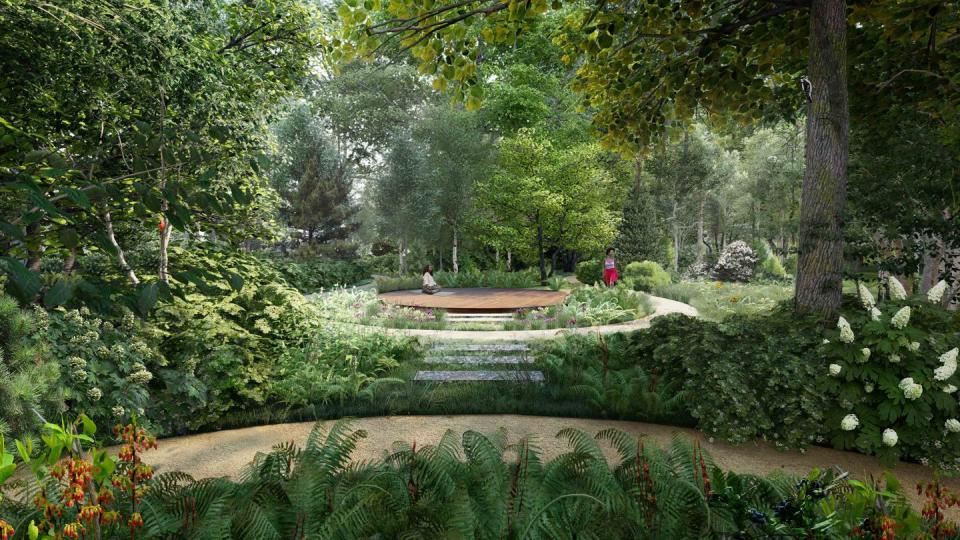
Leggs, Coltrane, and Woltz intend for their groundbreaking partnership—one that combines funding and advocacy from the National Trust with the cultural awareness mission of a nonprofit and the creativity of a top-tier design firm—to serve as a blueprint for the role design creatives can play in preserving Black cultural landmarks.
Instead of working to frame a moment in time, design creatives are empowered to make bold choices that carefully respect the past while thoughtfully adapting the site for modern use.
“The public has yet to make the connection between preservation practice as design, but when we preserve these spaces, we also have to imagine cultural experiences for visitors to these historic sites,” says Leggs. “When we envision programs and reuse of spaces, we are designing how visitors interact with heritage, space, and time to understand the meaning of a site’s history.”
“African American heritage sites are essential to our civilization, to knowing who we are as Americans, and yet they are simultaneously fragile, disappearing, and vulnerable,” adds Woltz. "My urge to fellow creatives is to assume nothing and remember that authentic design ideas emerge from listening carefully…and find the remnants of the past that can spark creative instinct for the present and the future.”
The Coltrane Home recently received $1 million grant from Mellon through their Humanities in Place Program to support the exterior rehabilitation of the house and allow them to hire a full-time executive director. Through working with the AACHAF with support from the Gardiner Foundation, the Coltrane Home has completed its business plan and hopes to hire an architectural firm for the next phase of preserving the home's interiors.
Support Friends of the Coltrane Home at thecoltranehome.org. Support the Action Fund at savingplaces.org.
You Might Also Like
